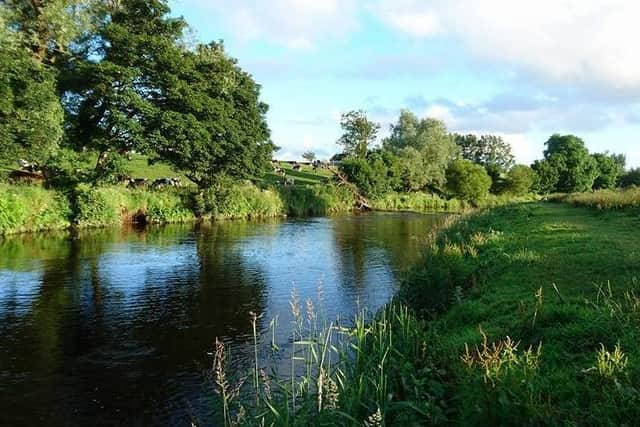River Faughan ‘Archimedes screw’ electric turbine plan rejected


The proposals were to build an “Archimedes screw” turbine off the Lower Ballyartan Road, about a mile or so outside the village of Claudy.
Eugene Burke, who said he had been trying to make the scheme a reality since 2011, said the rejection spells “frustration” for him, adding: “I don’t know what I would’ve done differently.”
Advertisement
Hide AdAdvertisement
Hide AdA report from planning officials said a weir on the river – the Ballyarton Weir – had been effectively washed away in August 2017 during heavy rain, causing a drop in water of up to three metres upstream from the weir.


Planners said that before the turbine can be built an application first had to be put in to rebuild the weir.
Without it, the turbine proposal is not “coherent or viable”.
Planners also said the development, next to a disused mill site, would have resulted in “a loss of landscape features that would have a permanent adverse impact on the landscape character of this part of the River Faughan”.
Advertisement
Hide AdAdvertisement
Hide AdThe application was officially refused on February 10 by the Strategic Planning Division (which handles sensitive applications or ones of “regional significance”).
Objections to the plans had been raised by the Faughan Anglers and the Ulster Angling Federation.
But Mr Burke said that his family had farmed in the area for generations, and his plans would not have harmed the area.
Mr Burke, in his 40s, said his father had originally bought the land, and today it is owned by his brother John.
Advertisement
Hide AdAdvertisement
Hide AdHe said the site was formerly a paper mill, and that it had been in use up until the 1950s.
His plan had been to generate electricity and sell it on, and he believed it would provide a much steadier flow of energy than a wind turbine, which merely sits still when the weather is calm.
“I think the benefits are self-evident,” he told the News Letter.
“When you’re reading about diesel and petrol cars, they’re going to be run off the market. The renewable energy market has to be the way forward.
Advertisement
Hide AdAdvertisement
Hide Ad“This application wasn’t having any negative impact on the river.”
The application form states it was to be a roughly 113kw-output turbine.
He said he did not have an exact indication of how much power it would have generated (in terms of number of homes supplied), but it would have been “a substantial amount”.